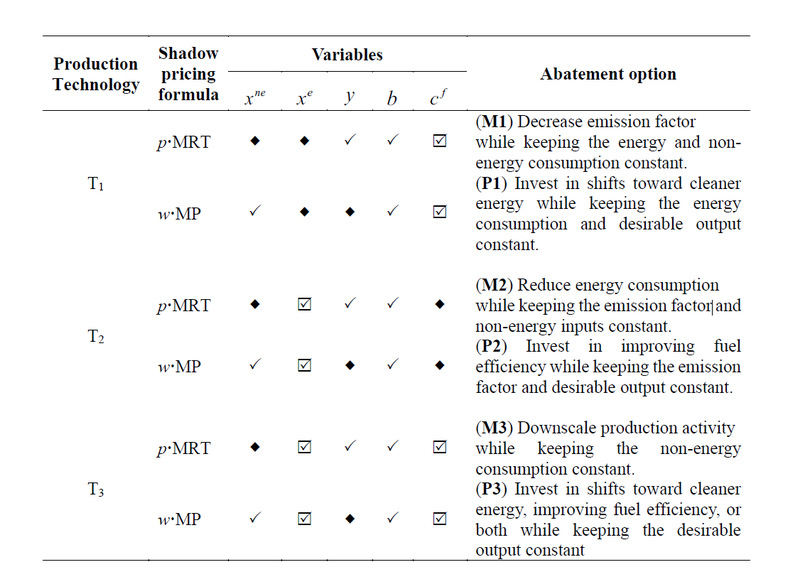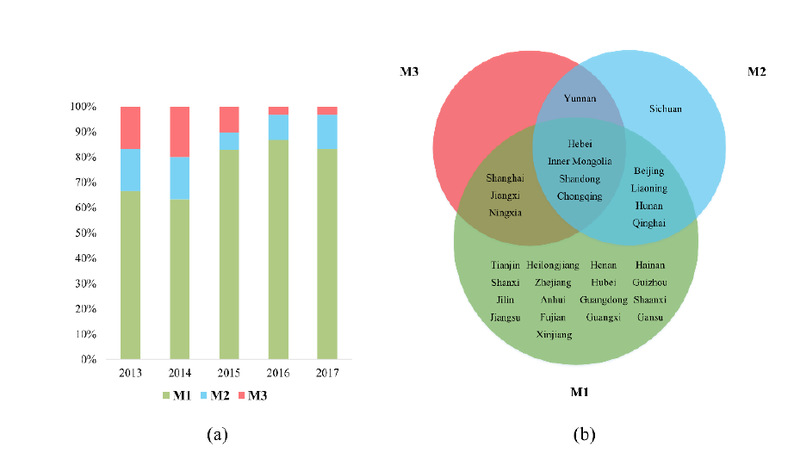Carbon neutrality, which has been announced by an increasing number of countries, institutions, and companies, aims to stabilize climate change and mitigate subsequent damages. Reaching carbon neutrality requires a sweeping transformation of energy systems, wide application of negative emission technologies, and abatement efforts of various sectors. To reduce carbon dioxide (CO2) emissions, producers may have multiple possible abatement options that influence the demand and supply in a carbon emission trading market. In this context, an important issue for producers is to assess the cost-effectiveness of different abatement options, which is usually reflected in the marginal abatement cost of CO2 emissions (MCAC).
A recent research by Associate Prof. Fei Wu contributes to investigating how different abatement options can be incorporated into estimating the MCAC, and has been featured in European Journal of Operational Research (EJOR). As a top journal in the field of operational research (rated 4 in ABS ranking and A* in ABDC ranking), EJOR publishes high quality, original papers that contribute to the methodology of operational research (OR) and to the practice of decision making.
The abstract is provided as follows.
Reducing carbon dioxide (CO2) emissions is often not free, and estimating the marginal abatement cost of CO2 emissions (MCAC) provides valuable information for policy analysis and decision-making. Past studies often assume that producers would take a uniform abatement option that overlooks the heterogeneity of abatement options and the possibility of taking energy-related abatement options (e.g., merely cutting down fossil fuel consumption). This study contributes to the literature by investigating how different abatement options can be incorporated into estimating the MCAC. It first provides an expository derivation of the MCAC by opening the “black box” of the production process, which reveals that the MCAC can be negative if switching to fuels with lower carbon content generates positive marginal profit. We then develop a new approach for estimating the MCAC, where six alternative abatement options are considered. A case study on China’s thermal power industry is presented, which reveals that the least-cost abatement option varies across different provinces and periods. Compared with the option of reducing energy consumption and downscaling production activity, switching to cleaner energy tends to abate CO2 emissions at lower costs for most provinces in most years.
Table 1 Summary of production technologies and abatement options

Note:indicates that the variable is kept constant when calculating MRT or MP.
indicates that the variable is used to calculate the MRT or MP.
indicate that the variable is changed to abate CO2 emissions.

Fig. 1. Distribution of the least-cost abatement option
If you are interested in the research, please read the paper
Fei Wu, Shiyang Wang, Peng Zhou. Marginal abatement cost of carbon dioxide emissions: The role of abatement options [J]. European Journal of Operational Research, 2023.
A full version of this article could be viewed at: https://doi.org/10.1016/j.ejor.2023.03.015

Nanjing University of Aeronautics and Astronautics
Copyright 2017 | All Rights Reserved with NUAA
